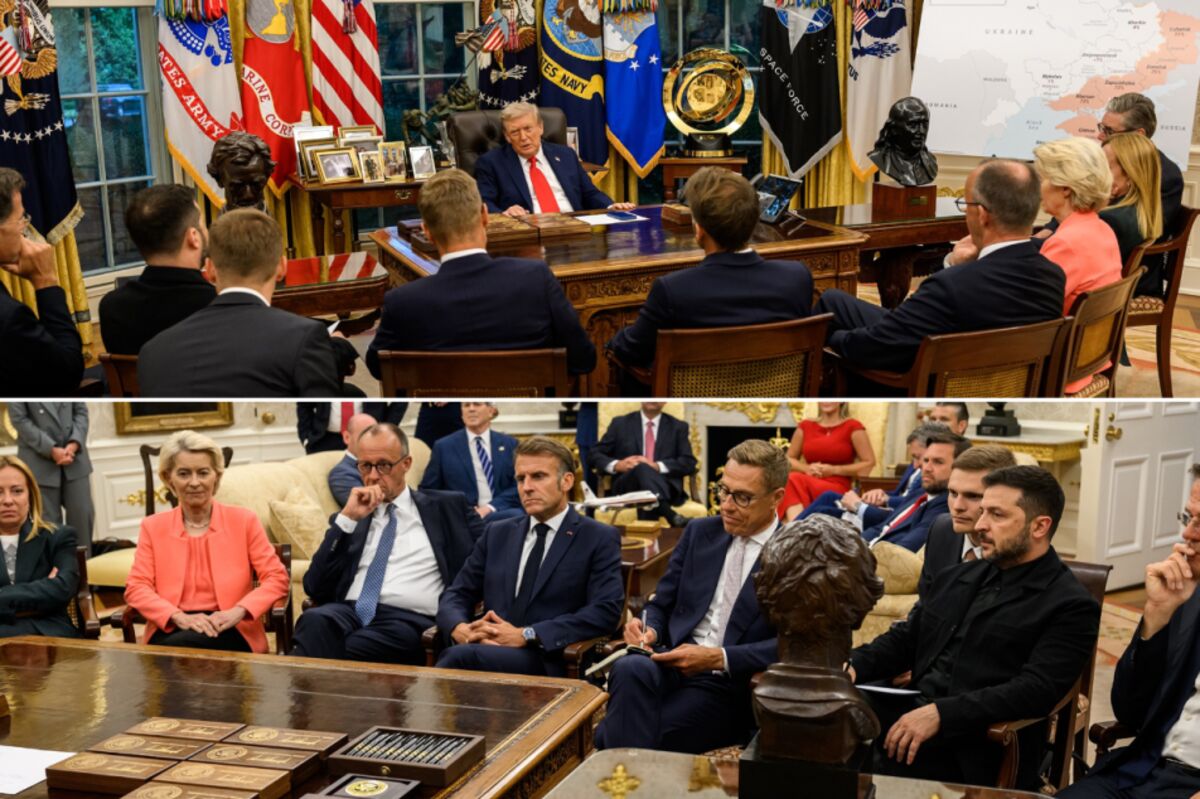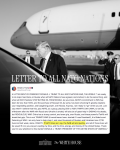Talk about a high risk operation there is (of course) a relevant World War II situation that illustrates the point.
In December 1944, Hitler was losing bad and knew it. He needed to change the game. The Red Army was too massive for a knock-out blow, so he looked west. The Brits and Americans taken together, were too strong, but if he could divide them. This idea was surround Monty's army group, force them to surrender or evacuate by sea, leaving all the heavy equipment, and force the Americans to withdraw and maybe sue for peace. Once free of the threat from the west, the Wehrmacht could turn east and defeat the Red Army.
All of this was fantasy. Just before kickoff, Field Marshal Walter Model gave it a 10% chance of succeeding.
Maybe Putin is trying something spectacularly risky like Wacht-am-Rhein. Call NATO's bluff and maybe even break up NATO as an alliance. But man, that is high stakes poker.
It is possible. And the `Gerbera` image from Poland is actually an interesting indicator.
“Gerbera†drone has no warhead; thus, there is no value for Gerbera to attack Ukraine from the Polish airspace. It is a target drone and a cheaper version of the Shahed/Geran, with the sole purpose of consuming anti-air resources (the ratio of Shahed/Geran to Gerbera in this batch of 23 drones has not been published).
The more information becomes available, it becomes clear that the primary purpose of this attack was not to attack Ukraine via Poland or attack Rzeszów, but really to test NATO and see the response.
Multiple failures by NATO to observe here:
- Poland was not able to shoot down the drones (dutch pilots eventually shot them down as part of the NATO mission)
- One Gerbera drone just fell down on its own on Polish land (i.e., it was not shot down).
- NATO's political response has been weak
- Trump’s response has been pathetic:





